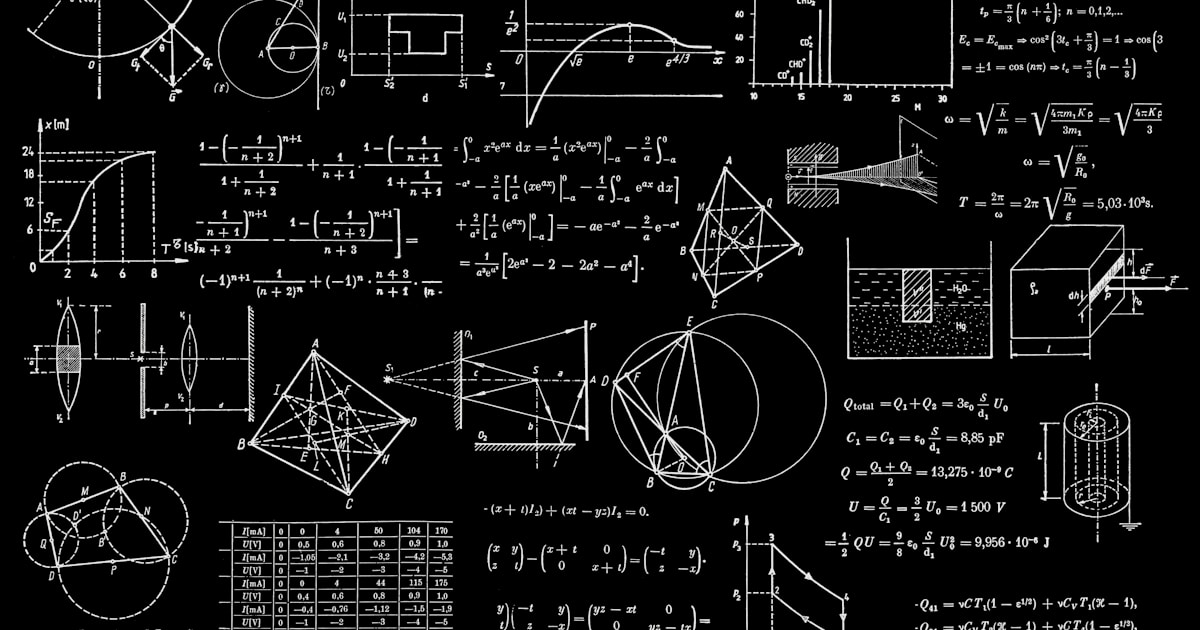Maintaining proper nutrition is one of the most important factors for health and longevity, yet it's also one of the areas where most people struggle the most. Despite having access to more nutritional information than ever before, rates of diet-related diseases continue to rise.
The challenges aren't just about knowledge - they're about time, convenience, preparation skills, and the gap between knowing what we should eat and actually doing it consistently.
That's where robotic and automated nutrition solutions are starting to make a difference, handling the practical barriers that prevent people from eating well consistently.
The Nutrition Challenge
Despite widespread awareness of nutritional principles, most people struggle with practical implementation:
Time and Convenience
Healthy eating often requires significant time investment:
- Meal planning and grocery shopping can take hours per week
- Food preparation and cooking require skills and time many people lack
- Busy schedules make it easier to choose convenient but unhealthy options
- Fresh ingredients spoil quickly, leading to waste and additional trips
Knowledge vs. Application Gap
Understanding nutrition doesn't automatically translate to good eating habits:
- Information overload and conflicting dietary advice create confusion
- Individual nutritional needs vary significantly based on genetics, activity, and health status
- Portion control and nutritional balance are difficult to maintain without tools
- Long-term consistency is challenging without systems and accountability
Food Preparation Barriers
Many people lack the skills or equipment for healthy food preparation:
- Limited cooking skills and confidence in the kitchen
- Lack of proper equipment or kitchen space
- Difficulty adapting recipes for dietary restrictions or preferences
- Food safety concerns and proper storage techniques
Economic and Access Issues
Healthy food options can be expensive and inaccessible:
- Fresh, organic, and specialty diet foods often cost more
- Food deserts limit access to quality ingredients
- Meal delivery services can be expensive for long-term use
- Nutritional supplements and specialty items add to food costs
Robotic and Automated Solutions
Technology is beginning to address these practical barriers through various automated approaches:
Automated Meal Preparation
Robotic systems that handle food preparation and cooking:
- Robotic meal preparation devices that follow precise recipes
- Automated portion control and nutritional measurement
- Consistent preparation that eliminates human error and guesswork
- Integration with meal planning and nutritional tracking systems
Smart Kitchen Integration
Connected appliances that optimize nutrition automatically:
- Smart refrigerators that track inventory and suggest recipes
- Automated grocery ordering based on meal plans and consumption patterns
- Precision cooking devices that optimize nutrient retention
- Kitchen scales and measurement tools that ensure accurate portions
Personalized Nutrition AI
Artificial intelligence that customizes nutrition recommendations:
- Analysis of individual genetic, metabolic, and health data
- Real-time adjustment of nutrition plans based on activity and health metrics
- Integration with wearable devices for continuous monitoring
- Predictive recommendations for optimal meal timing and composition
Automated Food Production
Systems that create fresh, customized food on demand:
- Hydroponic and aeroponic systems for fresh produce at home
- 3D food printing for customized nutritional profiles
- Fermentation and cultivation systems for probiotics and specialty foods
- Automated preservation and storage systems to reduce waste
Real-World Applications
Various companies and products are implementing these concepts:
Home Robotics
- Robotic meal preparation devices that chop, cook, and serve
- Automated smoothie and juice preparation systems
- Smart ovens and cooking appliances with precise control
- Robotic food storage and inventory management systems
Healthcare Integration
- Automated nutrition support for elderly or disabled individuals
- Hospital and care facility meal preparation and delivery
- Medication-food interaction monitoring and adjustment
- Therapeutic diet preparation and compliance tracking
Commercial and Workplace
- Automated healthy vending and food service systems
- Office nutrition programs with personalized meal delivery
- School and institutional food service optimization
- Restaurant automation for consistent nutritional profiles
Specialized Diets and Conditions
- Automated meal preparation for diabetic nutrition management
- Allergen-free food preparation with contamination prevention
- Athletic nutrition optimization and timing
- Weight management and metabolic disorder support
Benefits and Potential
Robotic nutrition solutions offer several advantages over traditional approaches:
Consistency and Precision
- Exact nutritional measurements and portion control
- Consistent preparation quality and food safety
- Elimination of human error in measuring and mixing
- Repeatable results for successful meal planning
Personalization at Scale
- Customized nutrition based on individual needs and preferences
- Adaptation to changing health conditions and goals
- Integration with health monitoring and medical guidance
- Accommodation of multiple family members with different needs
Time and Convenience
- Reduced time spent on meal planning and preparation
- Automated grocery management and inventory tracking
- Simplified cooking and cleanup processes
- 24/7 availability for meal preparation and nutritional support
Educational and Behavioral Support
- Learning opportunities about nutrition and cooking techniques
- Gradual skill building and confidence development
- Positive reinforcement for healthy eating habits
- Long-term behavior change through consistent support
Why This Matters
Poor nutrition is linked to most of the leading causes of death and disability in developed countries, including heart disease, diabetes, obesity, and many forms of cancer. Despite this knowledge, behavioral change around nutrition remains extremely difficult for most people.
Robotic and automated nutrition solutions don't just make healthy eating more convenient - they address the fundamental barriers that prevent people from maintaining good nutrition consistently over time.
By removing the friction around meal planning, preparation, and portion control, these technologies have the potential to make good nutrition accessible to people regardless of their cooking skills, available time, or nutritional knowledge.
As these technologies become more affordable and widespread, they could play a significant role in addressing public health challenges and helping individuals achieve their health and wellness goals more effectively.
